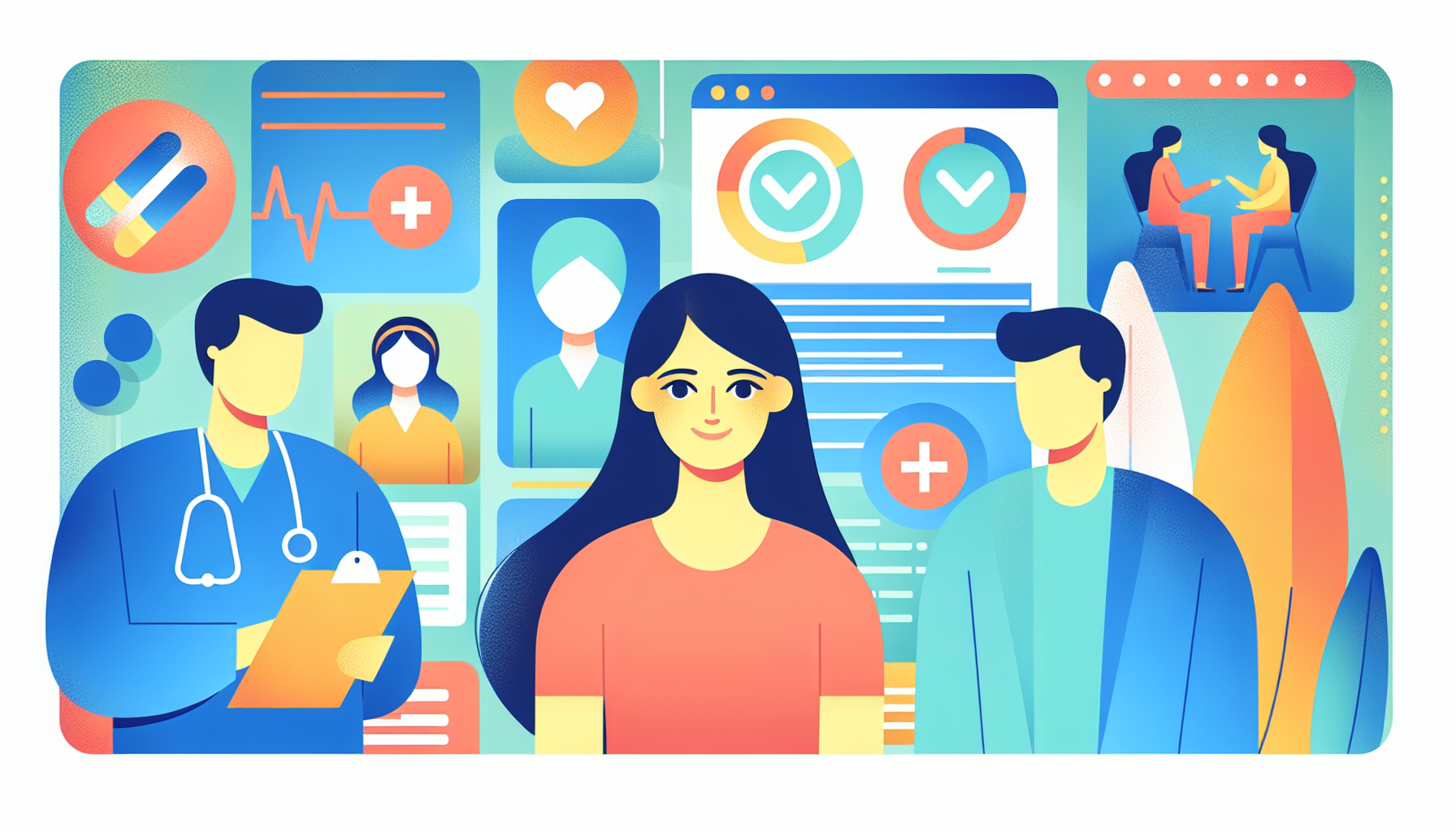Utah Becomes the First State to Let AI Handle Prescription Refills
Utah just made history: it's the first US state to let an AI system renew prescriptions on its own. The program covers people who are already taking medications for [...]
Read More
Medically reviewed by Alan Lucks | MD, Alan Lucks MDPC Private Practice - New York on June 26th, 2023.
Have you ever looked in the mirror and noticed that one or both of your eyelids appear to be drooping? This condition, known as ptosis, is a common eye problem that can affect people of all ages. In this article, we'll explore the causes, symptoms, and treatment options for droopy eyelids.
Ptosis is the medical term for drooping eyelids. It occurs when the upper eyelid falls lower than its normal position, sometimes covering part of the pupil. While ptosis is not usually painful, it can interfere with your vision and affect your appearance.
The main symptom of ptosis is a noticeable drooping of one or both eyelids. Some people with ptosis may:
Need to tilt their head back or lift their chin to see better
Have to raise their eyebrows to lift their eyelids
Experience neck and head discomfort due to unusual head positions
Develop amblyopia (lazy eye) in childhood if the drooping eyelid blocks vision
Ptosis can develop for several reasons, including:
Congenital ptosis (present at birth)
Weakening of the eyelid muscles and ligaments due to aging
Injury or disease that damages the nerves controlling the eyelid muscles
Eye surgeries, such as LASIK or cataract surgery, that stretch the eyelid
Eye tumors

Treatment for ptosis depends on the severity of the condition and its impact on vision. In some cases, especially in children, doctors may choose to monitor the condition closely without immediate treatment. However, if ptosis significantly affects vision or appearance, treatment options may include:
Surgery to remove excess skin and tighten the eyelid muscle
Surgery to reattach or strengthen the eyelid muscle
Glasses with a special crutch to lift the eyelids (an alternative to surgery)
Upneeq eye drops (oxymetazoline) for mild to moderate ptosis
For children with ptosis, early treatment of amblyopia with eye drops, patches, or glasses is crucial to prevent long-term vision loss.
If you have ptosis that interferes with your daily activities, such as driving, reading, or walking, it's important to consult your doctor. They can help you explore treatment options and address any related eye issues. For teens and adults, ptosis surgery can improve both vision and self-esteem.
Remember, if you or your child has droopy eyelids, regular check-ups with an eye doctor are essential to monitor the condition and ensure the best possible outcome.
For more information on ptosis and other eye conditions, visit:
Most cases require surgical intervention when the drooping eyelid blocks the visual axis or causes significant cosmetic concerns, with excellent long-term outcomes. Early detection is crucial in children to prevent permanent vision problems from developing. If you're noticing progressive eyelid drooping or vision changes, Doctronic can help you understand your symptoms and treatment options quickly.
Utah just made history: it's the first US state to let an AI system renew prescriptions on its own. The program covers people who are already taking medications for [...]
Read MoreUnderstanding Mounjaro and Its UsesMounjaro is a prescription medication commonly prescribed for managing type 2 diabetes. It belongs to a class of drugs that help regulate [...]
Read MoreUnderstanding Hydrocortisone Uses and DosagesHydrocortisone is a versatile medication primarily used to reduce inflammation and suppress the immune system in various [...]
Read More